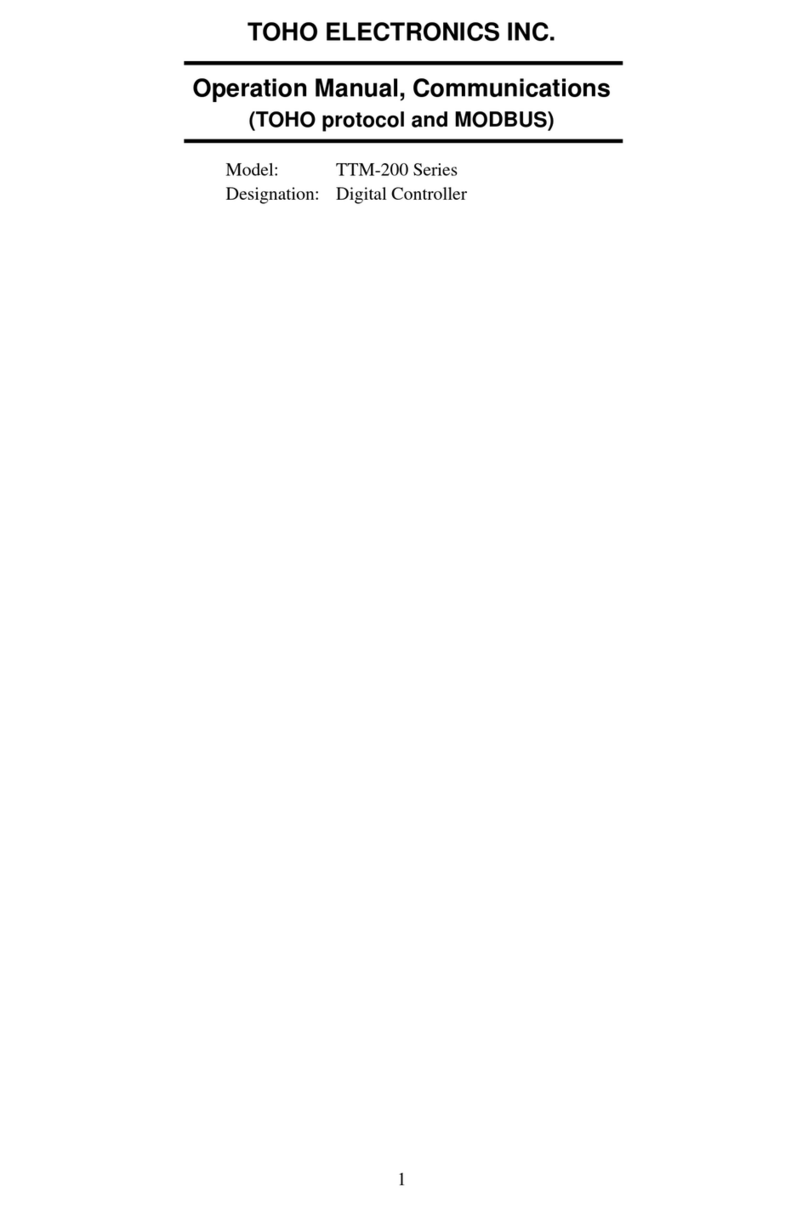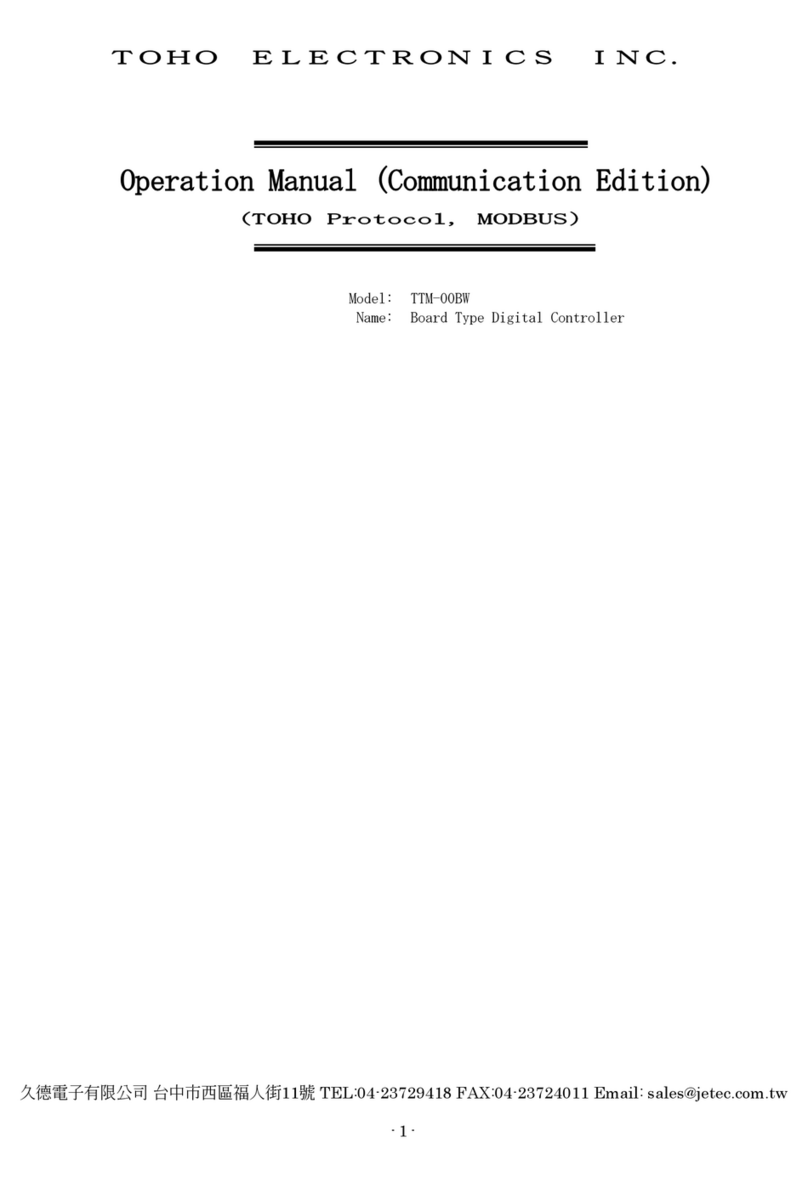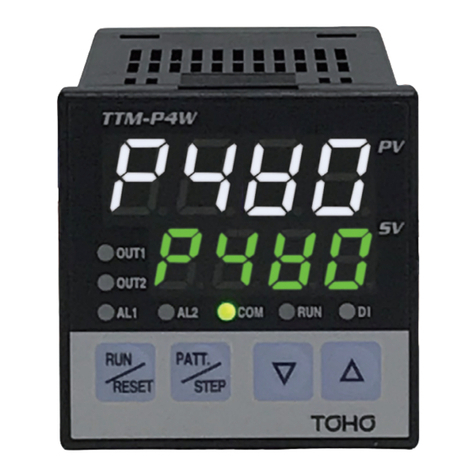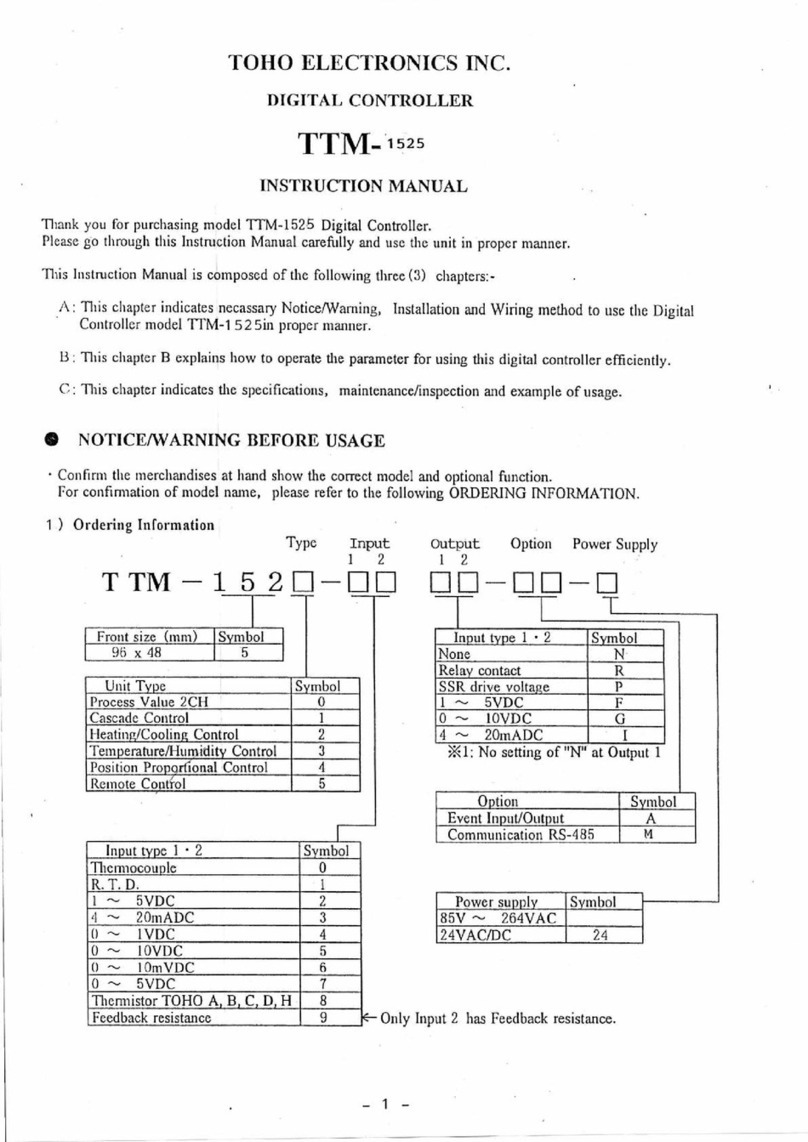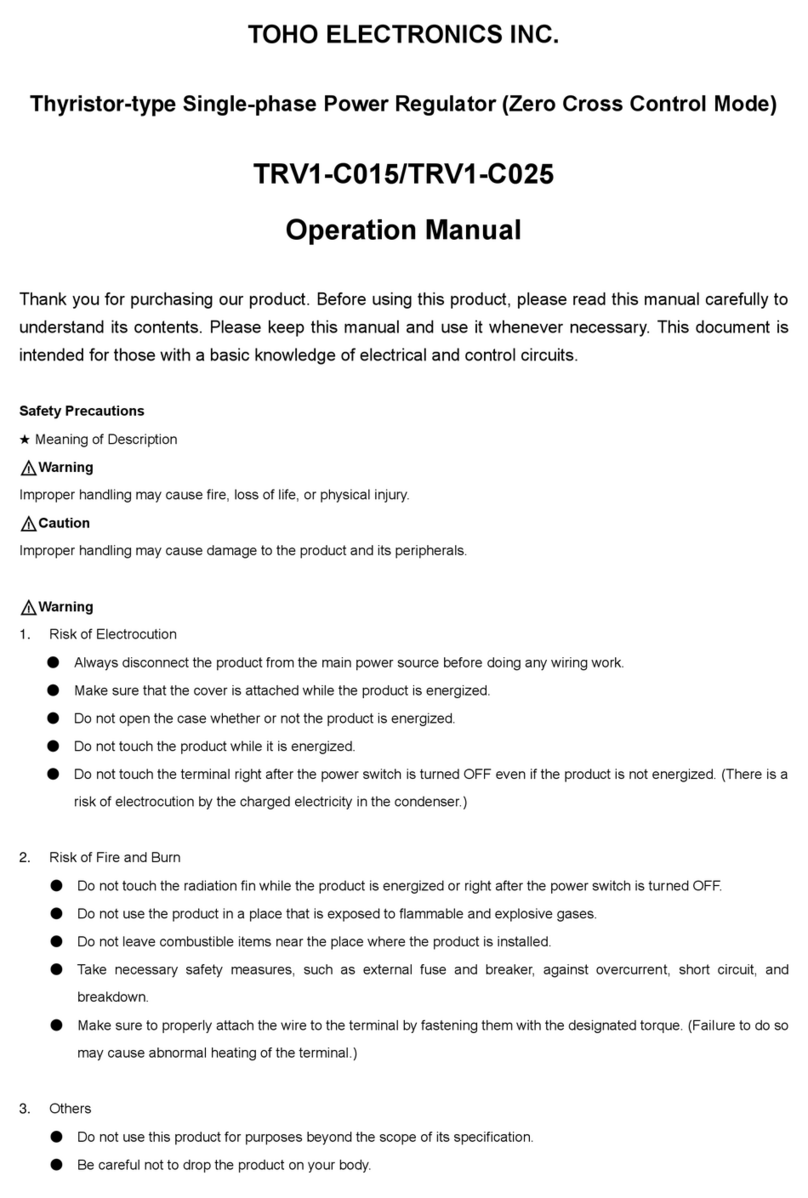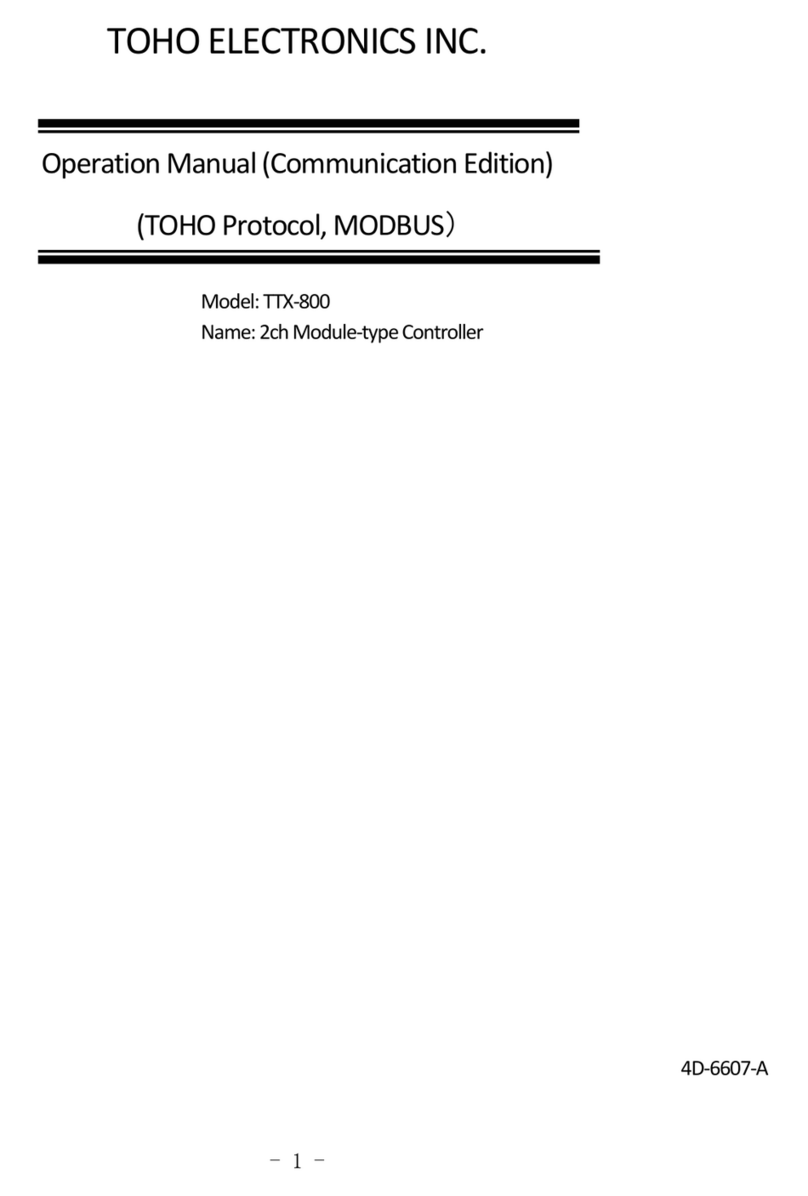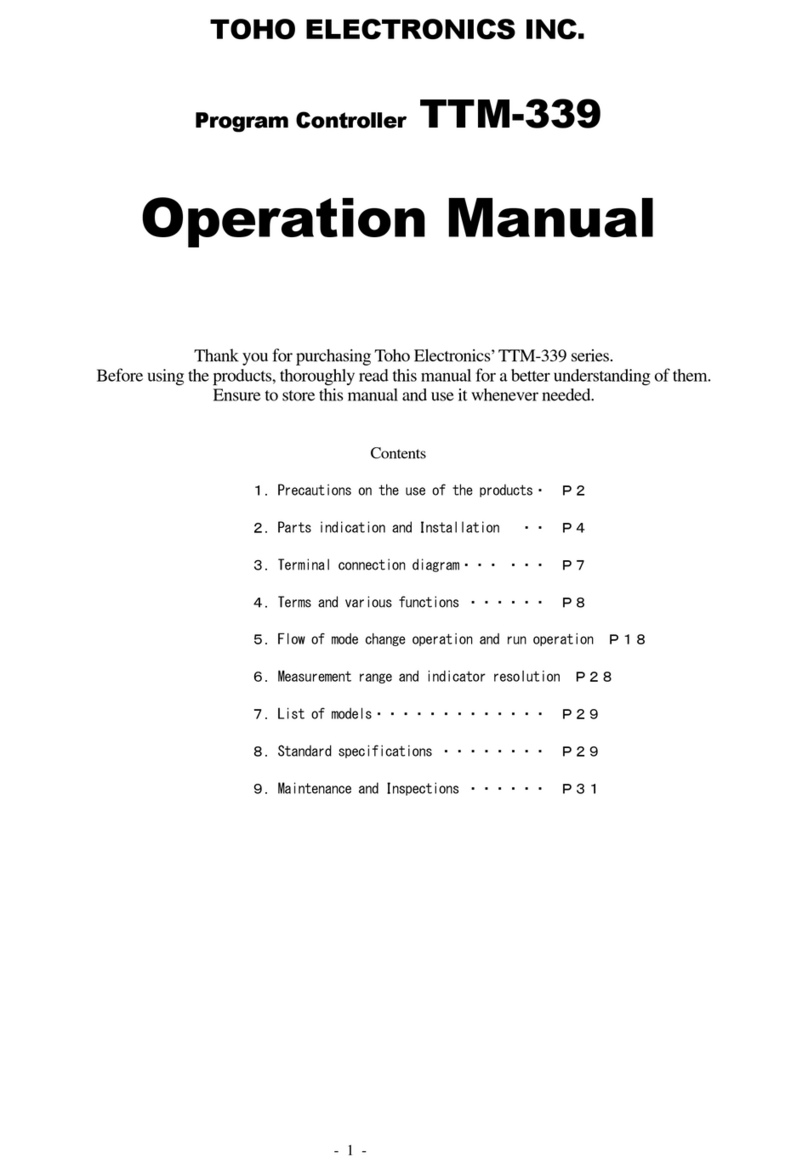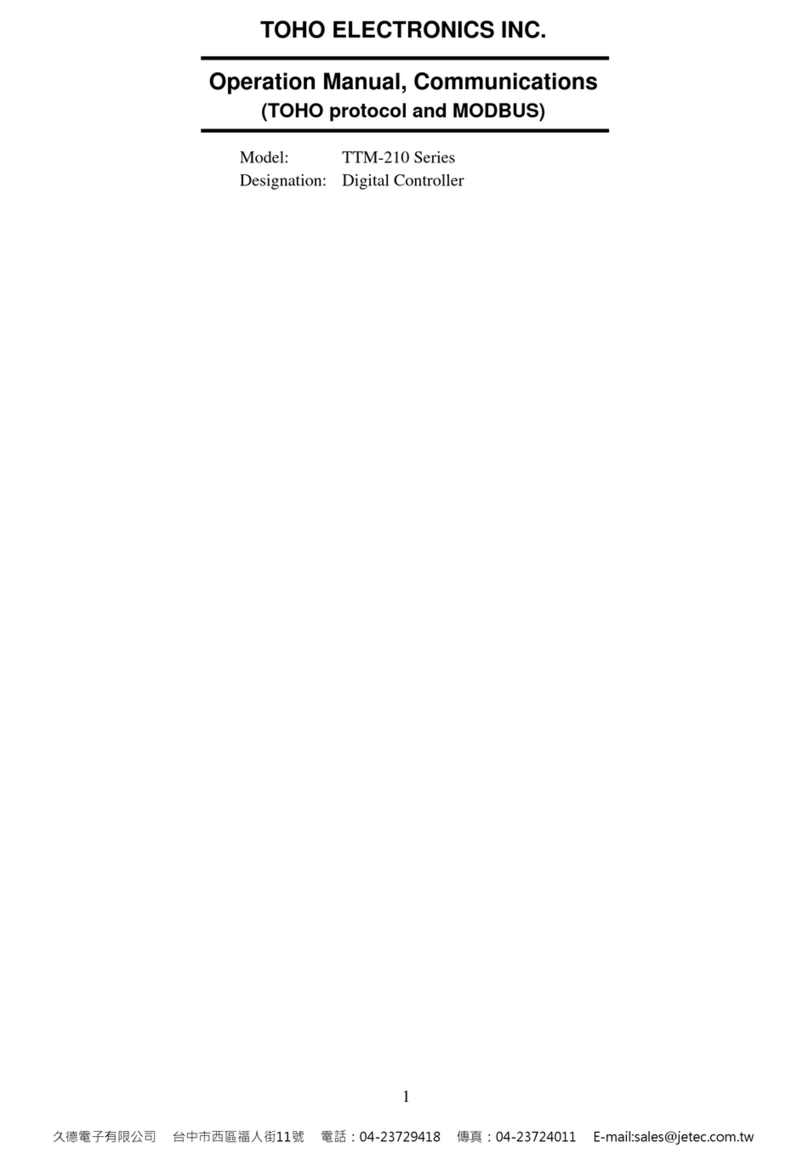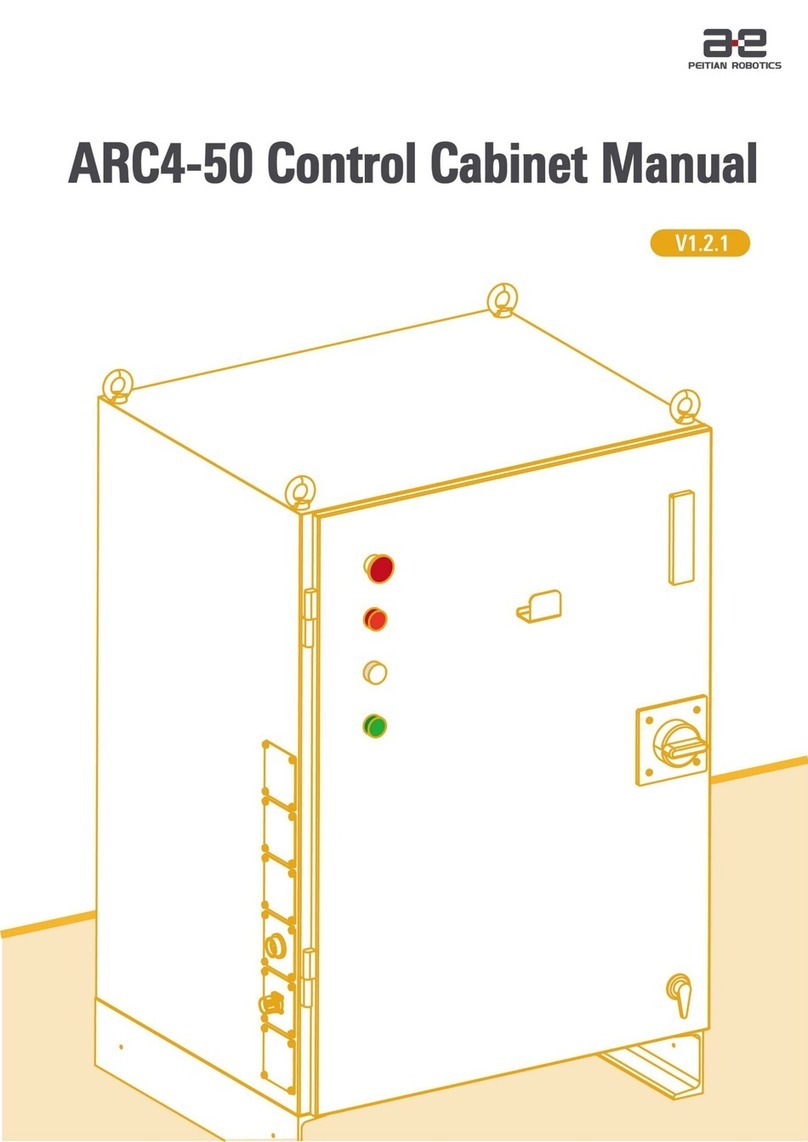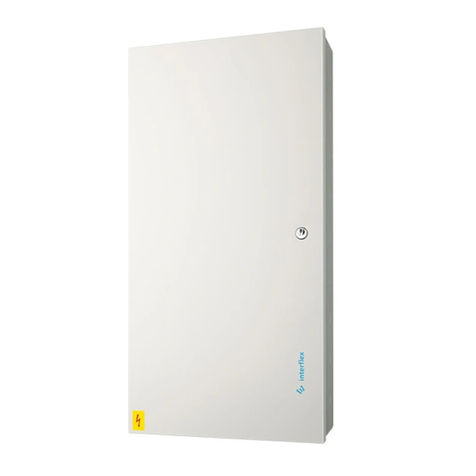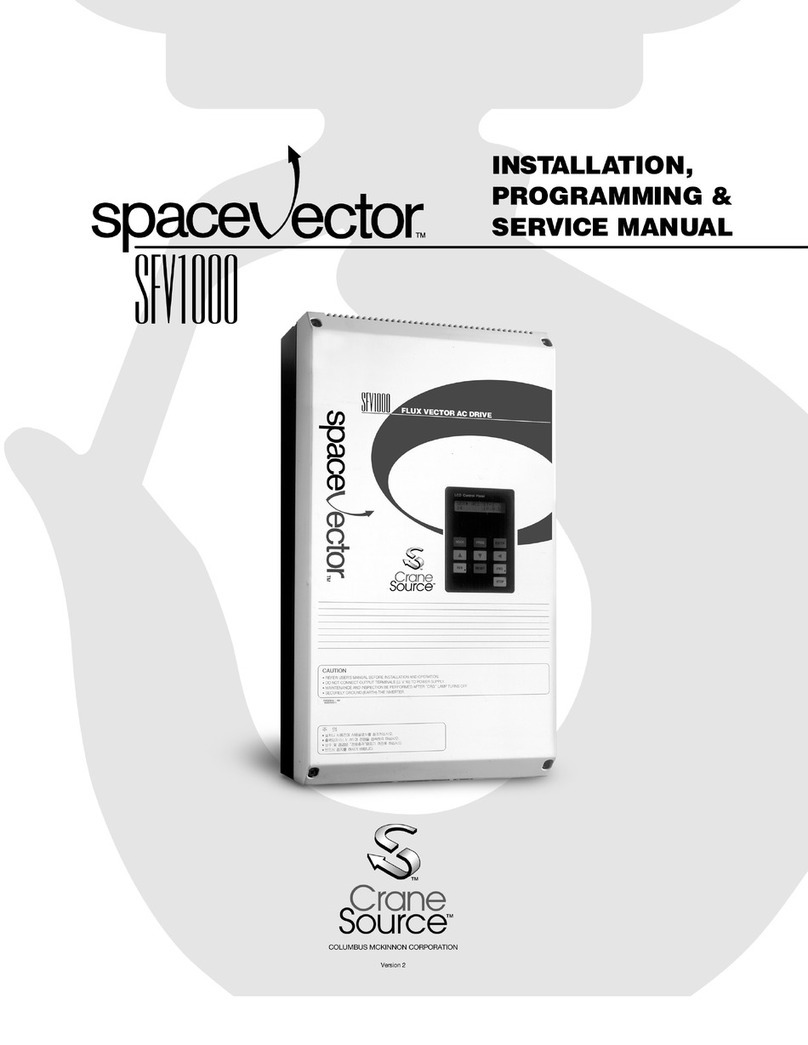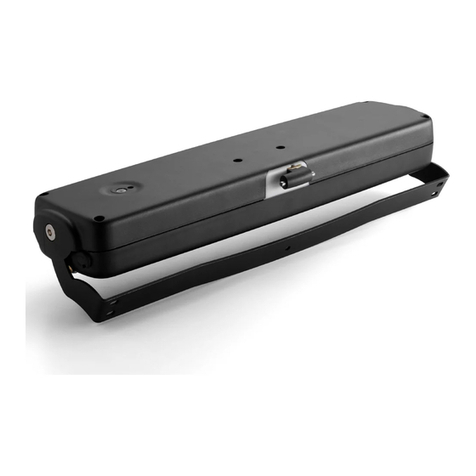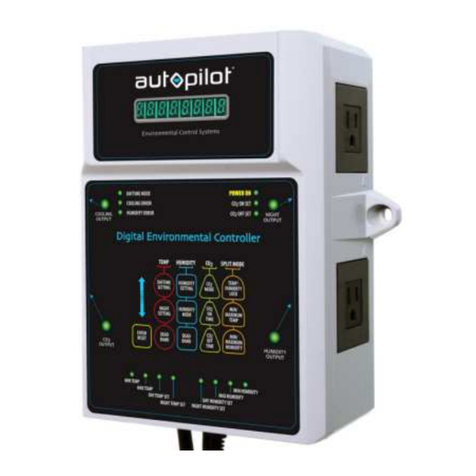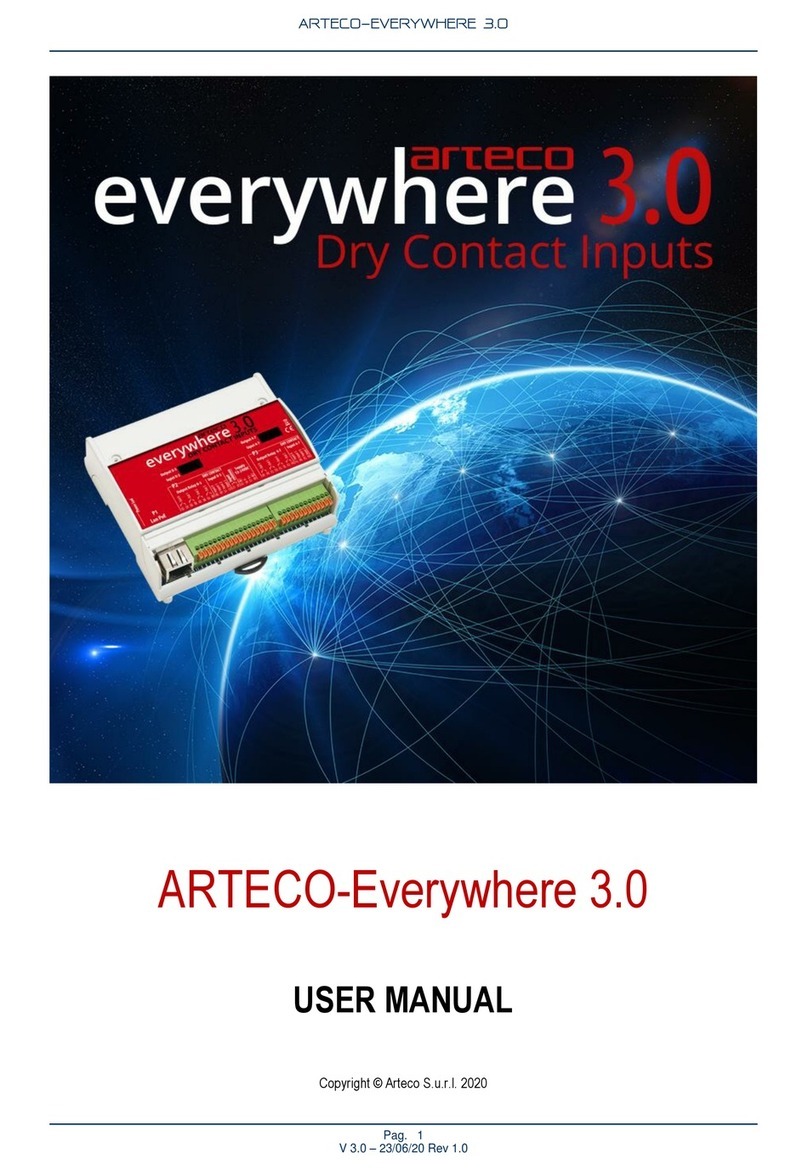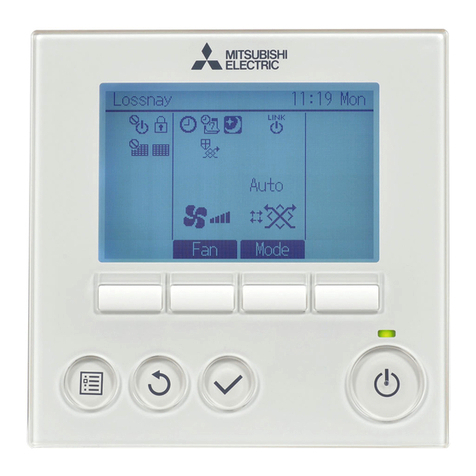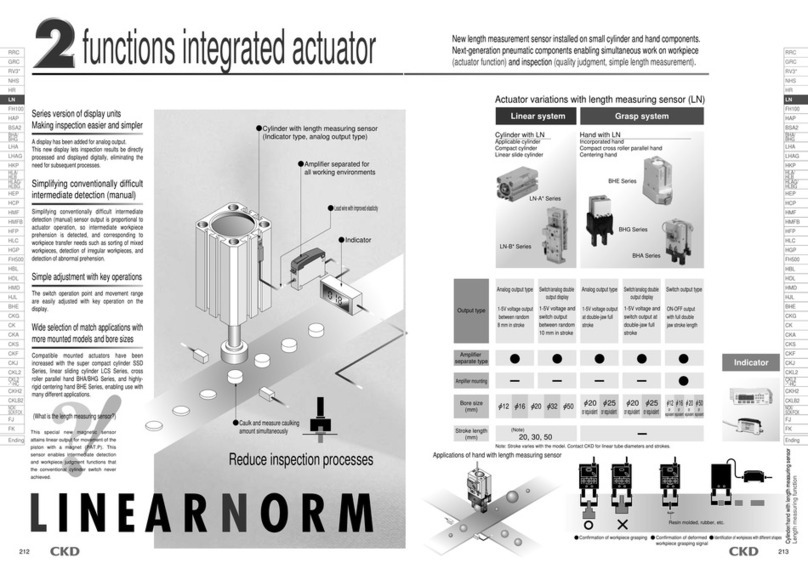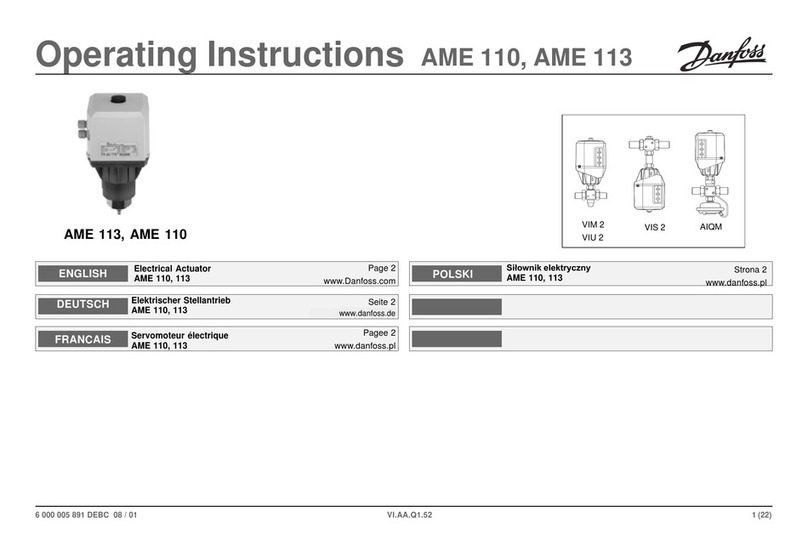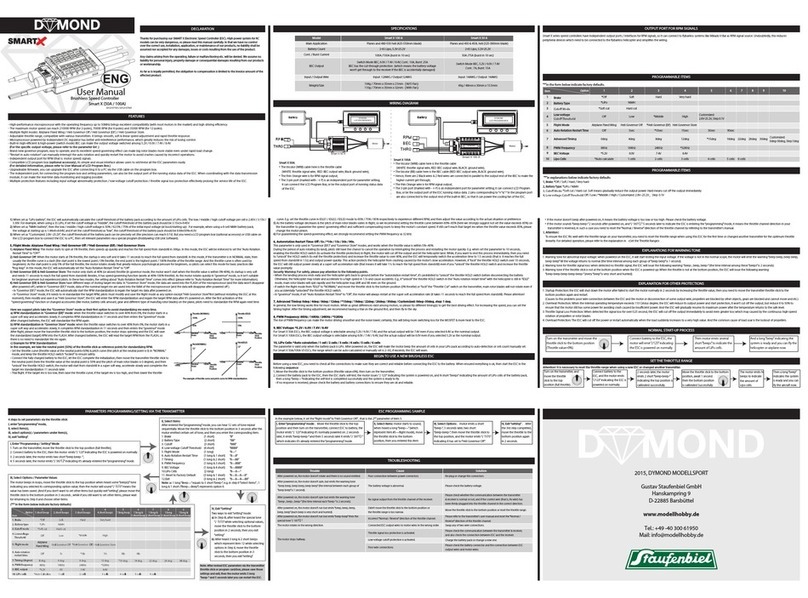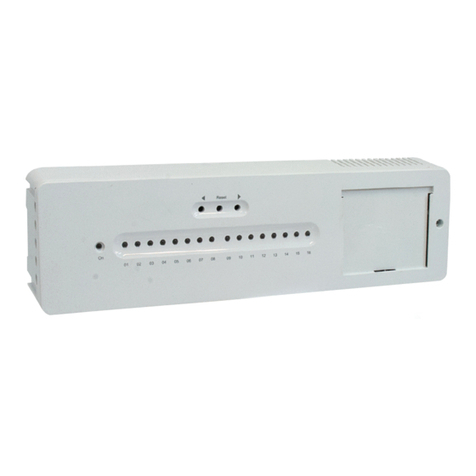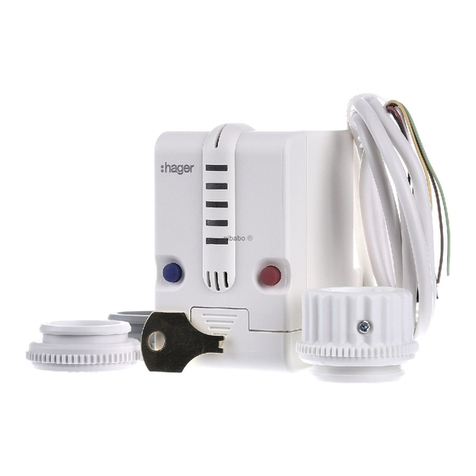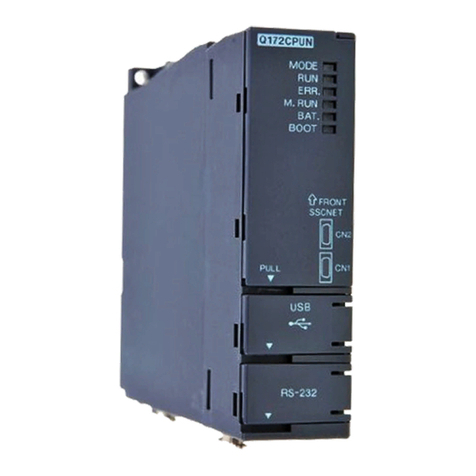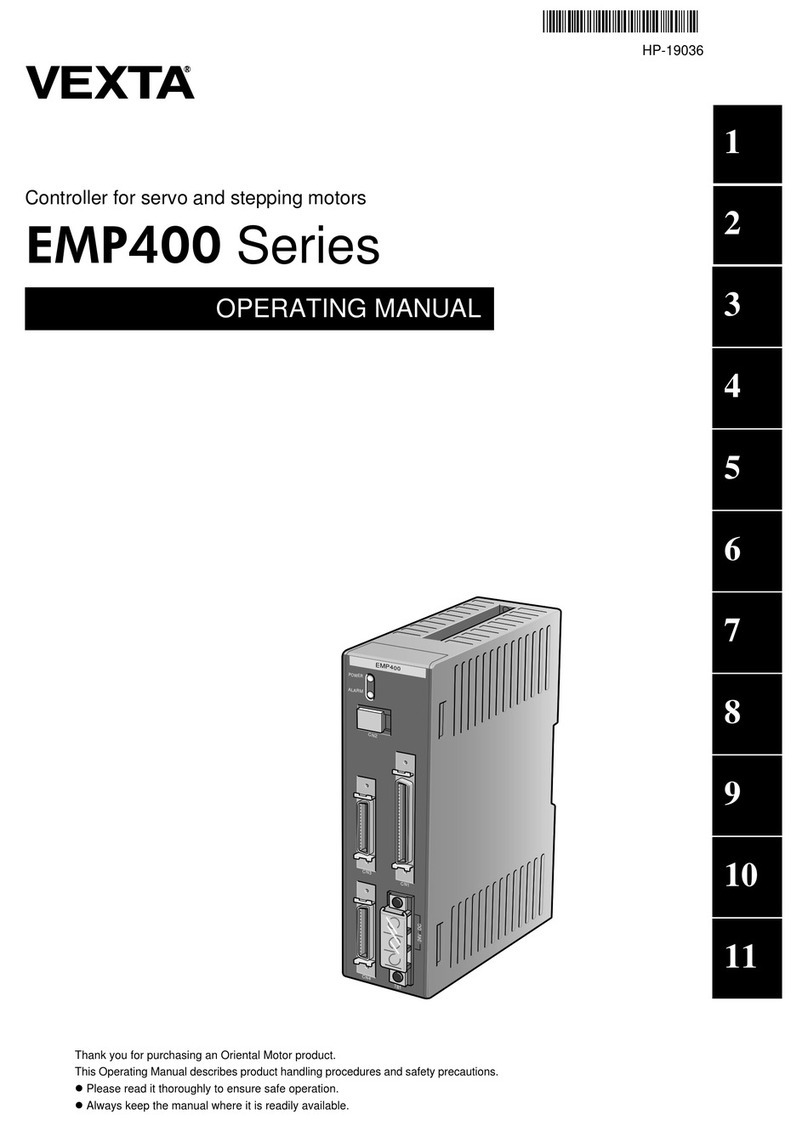
10
SELECT PID CONTROL
The initial value of this "Control Parameter" is set i.e.
Proportional Band(P) = 3.0, Integral time(I) = 0 and
Differential Time(D)=0. Though the control can e done
y this initial setting, ut please do Auto-Tuning for
getting etter result in control. At the time of Auto
Tuning, set the unit to the condition of actual control y
connecting heater and sensors.
SELECT PID + FUZZY CONTROL
The parameter of this PID + Fuzzy Control is set at Initial
setting Value eforehand.
Should do Auto-Tuning.
At the time of Auto-Tuning, please set the unit to the
condition of actual control y connecting heater and
sensors.
RESET mode
↓Press ▲
▲▲
▲ and ▼
▼▼
▼key simultaneously for 3 seconds
Control Constant Setting mode
Low Temperature Proportional and
↓ Press MODE key
Low Temperature Integral time
↓ Press MODE key
Low Temperature Differential time
↓ Press MODE key
Setting of High limit of Low Temp.
area y ▲
▲▲
▲ and ▼
▼▼
▼key.
↓ Press MODE key
Middle Temperature Proportional
and.
↓ Press MODE key
Middle Temperature Integral time
↓ Press MODE key
Middle Temperature Differential
Time.
↓ Press MODE key
Setting of High limit of Middle Temp
area y ▲
▲▲
▲ and ▼
▼▼
▼key.
↓ Press MODE key
High Temperature Proportional
and.
↓ Press MODE key
High Temperature Integral time
↓ Press MODE key
High Temperature Differential Time
↓ Press MODE key
Setting Proportional period y ▲
▲▲
▲
and ▼
▼▼
▼key. However, no indication at
the output of electric current/voltage.
↓ Press MODE key
Setting the strength of Fuzzy y ▲
▲▲
▲
and ▼
▼▼
▼key, ut only for control type "5,6"
PID+FUZZY. The strength of Fuzzy can
e adjusted for controlling value of
Overshoot.
Hold down MODE key for 3 seconds
Auto-Tuning start mode
Setting Auto-tuning temperature(Low
Temperature). Activate Auto-Tuning of
Low Temperature y RUN/STOP key.
↓ Press MODE key
Setting Auto-Tuning temperature(Mid.
Temperature). Activate Auto-Tuning of
Mid. Temperature y RUN/STOP key.
↓ Press MODE key
Setting Auto-Tuning temperature(High
Temperature). Activate Auto-Tuning of
High Temperature y RUN/STOP key.
↓ Press MODE key
Activate Auto-Tuning of Low / Middle /
High Temperature in turn y
RUN/STOP key.
While Auto-Tuning in effect, the following displays
shows alternately.
→
←
→
←
The parameter for each temperature area to e set when
Auto-Tuning finished. In case finishing Auto-Tuning
forci ly, press RUN/STOP key or hold down RESET
key for 3 seconds. In this case, parameter for each
temperature area does not function.
Low limit
PV
SV
*
SV
*
PV
SV




















